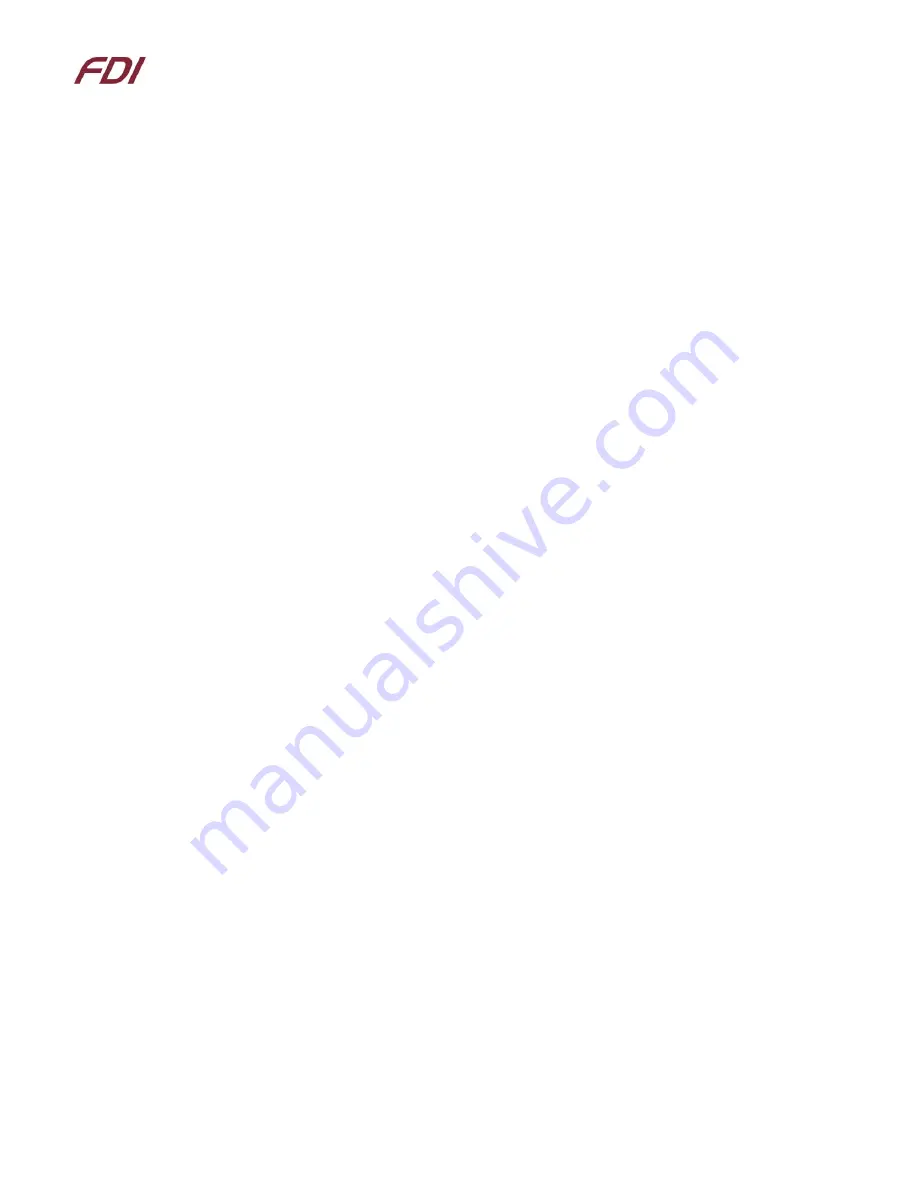
U E Z G U I - 1 7 8 8 - 7 0 W V M
U s e r ’ s M a n u a l
P a g e
|
9
3/20/2024
Copyright ©2024, Future Designs, Inc
Revision 5
a)
Slideshow
Selecting the slideshow icon will use the microSD card to read slideshow configuration. This allows the user to
select between several slideshow options such as “
EZ GUI
Family Overview”, “Demonstration Pictures”, “uEZ
Software Overview”, “Modular Development Kit”, etc.
depending on the configuration of the SD Card.
Select the slideshow you would like to view by touching the menu entry for it on the touch screen. The slide
show will auto-play by default.
By touching the screen during the slideshow, the menu overlay will appear:
o
Select
the “||” button to pause the slideshow.
o
Select the play button to begin the automated slide show.
o
The user can move t
o the next slide by touching the “>” or “<” menu buttons
(during auto-play or
manual sequencing)
o
Select the stop (square block) to return to the slideshow menu.
o
Select ‘Back’ from the slideshow menu to return to the previous menu.
b)
Settings
Brightness
Selecting the brightness icon shows a menu with color bars and a brightness adjustment slider.
•
Move the slider up or down to adjust the brightness.
•
Select ‘Back’ to return to the Settings Menu.
Time/Date
Use this application to set the time and date from the internal real time clock (RTC). This is the time and date
displayed in the Settings menu upper right corner.
•
To change the time or date simply select the field you want to change:
1.
Enter the numeric value
2.
Selec
t ‘Enter’
3.
Select ‘Cancel’ if you do not want to change the field, or simply wait until the entry
screen times out and returns to the Time Date Settings screen
•
If invalid values are entered, the software will default to the maximum valid value for the
field.
•
Once set an on-board super capacitor will back-up the time and date for several days
(typically) while the unit is powered off.
•
Select ‘Back’ to return to the Settings Menu.
Vol. Contr.
This feature displays the
‘Master’, ‘Speaker’, and ‘Headphones’ volume sliders, along with ‘Mute’ checkboxes.
‘Master’ controls the volume of the unit as a whole, ‘Speaker’ controls the volume coming from the onboard
speaker, and ‘Headphones’ controls the audio being output if your board has a headphone jack installed.
























